It’s Christmas (worms) in July!
Christmas
Tree Worm. Photo Credit: Armando F. Jenik
Christmas in July has become a cultural staple and the
recent pandemic has brought it nothing, if not more, publicity and believers.
For those who celebrate Christmas, whether fad or tradition, tree decorating
only comes once (or now twice) a year. In the world’s tropical seas however,
living Christmas trees are erected year around. Christmas tree worms (Spirobranchus
giganteus) are brightly colored marine polychaetes, or segmented worms. As
you’ve probably guessed, their common name comes from the branched cones (or
trees) that adorn their bodies.
Christmas
Tree Worm. Photo Credit: Maite Pintenat
Each worm has two crowns (blue above) that protrude
and tower above its tubular body (orange in this picture). The crowns are made
up of radioles, hair-like appendages that extend outwards from the worm’s
central spine. This system allows water to easily flow between the radioles,
while facilitating exchange of gas and nutrients.
To eat and breathe, the worm pumps water up and over the crowns, allowing the radioles to catch phytoplankton and oxygen suspended in the water. Since the cones take in air, they’re often mistaken for gills, but the majority of transport mechanics actually involve food. After nutrients are taken in, they are passed downwards through a food groove by ciliary tracts, lines of tiny hair-like structures that line the surface of cells. Water and mucous push the food, ensuring it doesn’t get stuck.
Christmas
Tree Worm with Visible Compound Eyes. Photo Credit: Michael Bok
In addition to their unconventional intake system, Christmas
tree worms have eyes in an unusual location: at the base of their back radioles
(neon orange above). This tucked-in spot limits the efficacy of the visual
system, allowing Christmas tree worms to only see directly in front of and
behind their bodies. Each banana-shaped eye is composed of 600-1,000 facets (or
units), that together create a compound eye. Christmas tree worms have more
facets than any other fan worm! Even more unusual, their eyes grow and develop
from their tentacular radioles, a description that makes these worms seem more
similar to aliens than marine organisms.
Surprisingly, the fan worm family (Sabellidae)
relies exclusively on photoreceptors in their radiolar tentacles, so Christmas
tree worms are just one of many species that use this method. Researchers
hypothesize that radiolar eyes’ diversity in form and sophistication may
represent a relatively recent evolutionary development that allows sessile
(immobile) worms to cope with their hazardous tube-dwelling lifestyle. Like a
burglar alarm, their eyes can detect approaching predators, startling the worm,
and leading to a rapid retreat into its fortified, calcium carbonate tube.
Christmas
Tree Worm. Photo Credit: Nick Hobgood
As sedentary organisms, Christmas tree worms need more
than sophisticated eyes to avoid predation. A strong shell protects and anchors
the bulk of their more-traditional worm body (yellow above). A chalky- white
calcium carbonate secretion hardens the outside of the casing, while colored
pigments and algae allow the Christmas tree worm’s body to blend into the
surrounding substrate (usually coral). To make their homes, Spirobranchus bore
into live coral and dig burrows. When frightened, the worms rapidly
retract into their homes to hide from awaiting predators.
Averaging about 1.5 inches, they have little trouble fitting snuggly amongst
the coral.
Christmas
tree worm startle reflex. Video Credit: Super Sea Monkey
Some groups take hiding one step further by colonizing
stony corals. Instead of arduously drilling into the coral’s rock-like
skeleton, they nestle their bodies against coral polyps’ living tissues,
forcing the polyps to build around them. Over time, these coral bunkers can
reach up to ten inches in length!
Christmas
Tree Worm. Photo Credit: Cobra Toxin
Christmas tree worms are picky about which corals they
settle on, but scientists are unsure of what influences landing decisions.
Factors like material, coral type, local predators, and reproduction
may be at play. Once settled, Christmas tree worms can live more than 30 years,
so this is a big decision to make (even for those in the average 10—20-year
groups)!
Broadcast
Spawning in Christmas Tree Worms. Video Credit: Undersea Productions
Once settled and mature, it’s time to reproduce.
Unlike most invertebrates, who produce asexually, Christmas tree worms are
either male or female. To release their genetic material, males and females use
broadcast spawning, shooting their gametes (genetic contributions) into the water.
With luck and plenty of genetic material, sperm and eggs will find suitable
matches (remember this post).
After fertilization, larvae develop in just 24 hours. From there, it’s float
and repeat.
The next time you or your acquaintances are craving Christmas, remind yourself that fantastic tree displays come every day— you just have to look to the ocean instead of the snow.
Have you seen a Christmas tree worm? What
are you Christmas in July plans? Post your stories in the comments below. Share
to spread the cheer.
© 2020 Sabrina L. Groves. Creative Commons Attribution-Noncommercial 4.0 International License.
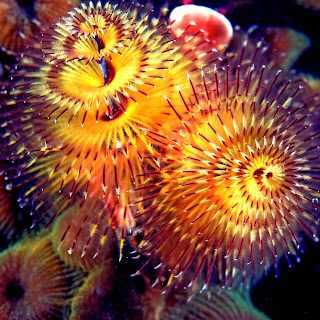
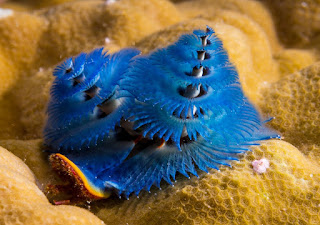



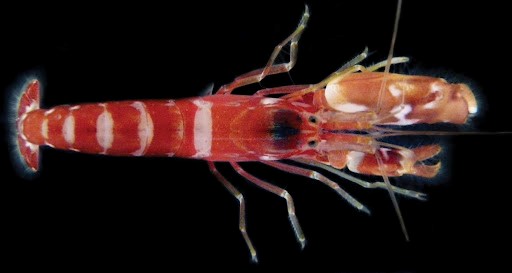
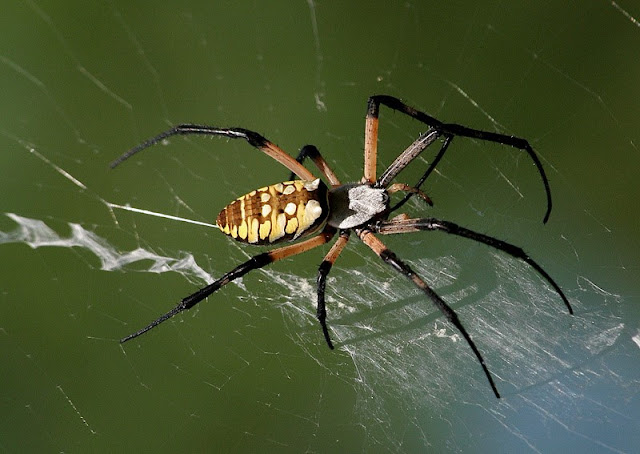
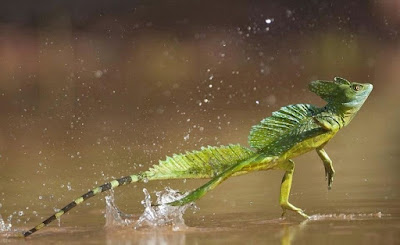


Comments
Post a Comment